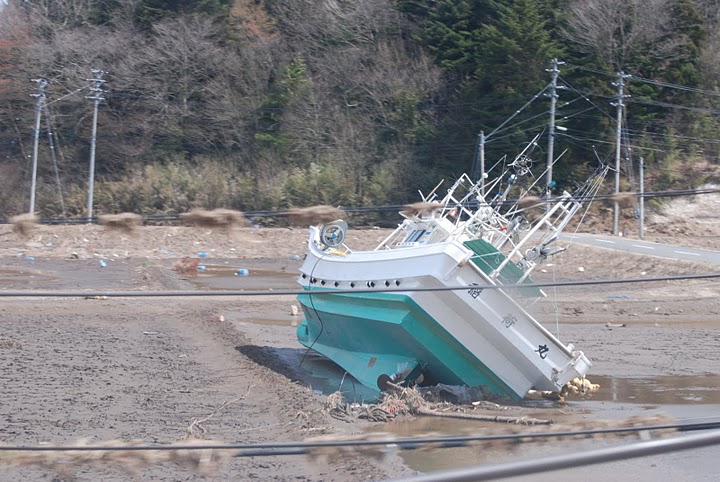
The landscape that is the subject of this dialogue is the 20 km area around the Fukushima nuclear plant in Japan. This is the compulsory exclusion zone that was established by the Japanese government in 2011 as a radioactive safety perimeter, after the earthquake that shook the north-east of the country. This measure, still in place today, involved the evacuation of hundreds of thousands of people from their homes. Thus, in addition to the "natural" disaster (which had dramatic consequences, causing the deaths of 16,000 people), there was also a "technological" disaster, given the proximity of the nuclear plant, and the possibility that the effects of radioactivity on the ecosystem and the population may prove more harmful than the actual earthquake. Three years on from the accident, we will be "visiting" the Fukushima obligatory exclusion zone and we will observe the techno-genic landscape with thoughtful reflections from the fields of geology, ecology and biomedicine, history and culture. It will be an opportunity to remember and to discuss questions such as whether the region’s seismic nature should have made the nuclear accident foreseeable, and whether the accidents at Chernobyl and Fukushima are comparable. In our attempts to distinguish between "natural" and technological" damage, we might ask whether the radioactive ecosystem could be a contemporary contradiction that is following its own "natural" evolution.
Seismic landscape: tectonics in Japan
María José Jurado. Institute of Earth Sciences Jaume Almera (ICTJA, CSIC)
Human landscape: the pain and grief of the catastrophe
Yoshihira Hioki. The Bamboo School, an intercultural and inclusive education program, organised by Casa Asia
Nuclear landscape: radioactive ecosystems
Eduard Rodríguez-Farré. Barcelona Biomedical Research Institute (IIBB, CSIC)
Paisaje tecnogénico: from Chernobyl to Fukushima
Jaume Valentines. Historian of technology, independent researcher
Cycle: Hybrid natures: an object, a body and a landscape
Organized by: the CSIC Delegation in Catalonia, in collaboration with La Mandarina de Newton. It is funded by the Spanish Foundation for Science and Technology (FECYT) of Spain's Ministry of Economy and Competitiveness